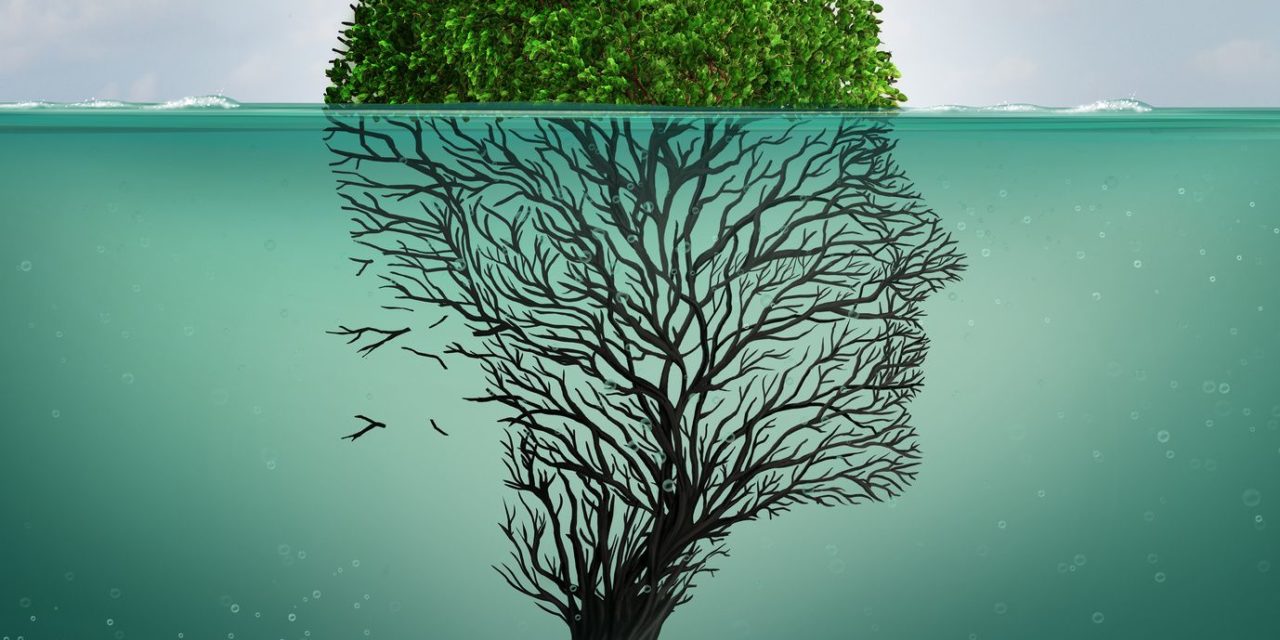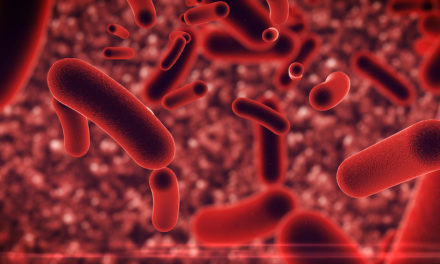There are over 80,000 chemicals that are used in the United States. The Safe Drinking Water Act, the principal federal law intended to ensure safe drinking water, only concerns itself with 91 contaminants. Tests have shown that there are other contaminants that are not covered by the law. Here are just a few of them
PFASs: These are poly- and perfluoroalkyl substances. They are typically used in fire retardants, oil and water repellents, furniture, waterproof clothes, take out containers and non-stick cookware. They are highly soluble, and can’t be removed by standard wastewater treatment methods. According to a recent Harvard study, ( Environ. Sci. Technol. Lett., 2016, 3 (10), pp 344–350 DOI: 10.1021/acs.estlett.6b00260 Publication Date (Web): August 9, 2016), 16.5 million Americans have detectable levels of at least one kind of PFAS in their drinking water. “These compounds are potent immunotoxicants in children and recent work suggests drinking-water safety levels should be much lower than the provisional guidelines established by EPA,” said Elsie Sunderland, senior author of the study and associate professor at both the Harvard Chan School and SEAS.
Perchlorate. An estimated 16 million Americans also have perchlorate — a chemical used in explosives and rocket fuel — in their drinking water.
Pharmaceutical drugs. There’s no drinking water standard for drugs in the U.S., and typical water treatment methods are not designed to filter them out. Depending on the method used, anywhere from 10 percent to more than 80 percent of the drugs in the water fail to be removed during treatment.
Atrazine. According to data from the U.S. Centers for Disease Control and Prevention (CDC), more than 75% of the U.S. population has detectable levels of herbicides in their urine. The EPA’s risk assessment for atrazine found the chemical can cause reproductive harm to mammals, fish and birds, with the level of concern already surpassed by nearly 200-fold using real-world scenarios for mammals. Atrazine is the most commonly detected herbicide in U.S. waters. The maximum contaminant level for Atrazine is 3 ppb.
This is just the tip of the iceberg. Adding these chemicals to the 91 that the government tests for still only accounts for around 0.1% of the chemicals we dump into the environment. The CDC has found that the average American now has 116 synthetic compounds in his or her body. That is 25 more than we even test for in our water.






